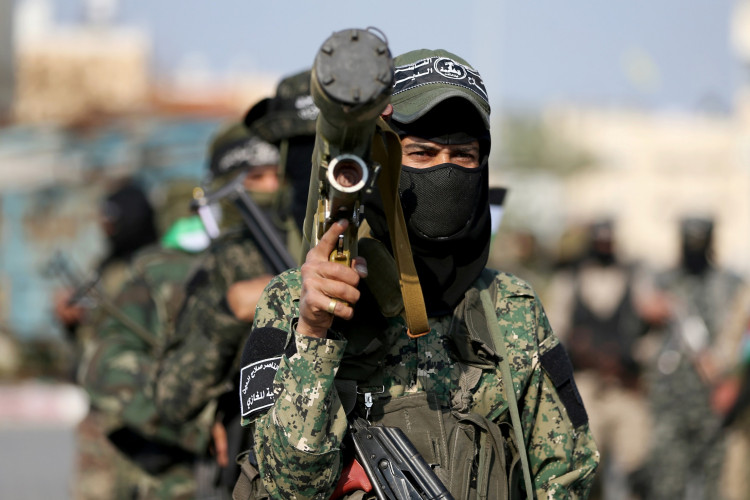In a significant escalation of the conflict in Gaza, Israeli forces have intensified their offensive in the southern part of the densely populated Gaza Strip. This strategic shift has resulted in a sharp increase in civilian casualties and further deterioration of the humanitarian situation in the region.
Since the collapse of a weeklong ceasefire, Israeli airstrikes have targeted various locations in southern Gaza, including the areas of Khan Younis and Rafah, which border Egypt. These regions have witnessed some of the heaviest bombardment since the conflict's inception.
As per reports from the Gaza Health Ministry, the resurgence of violence since the ceasefire ended has led to the death of over 200 Palestinians, pushing the overall toll since October 7 to surpass 15,200. Tragically, a substantial number of these fatalities are women and children.
In an attempt to manage civilian movement and minimize casualties, the Israeli Defense Forces (IDF) have implemented a grid system that divides Gaza into more than 600 zones. This system aims to provide targeted evacuation warnings to residents in specific areas ahead of military strikes. However, this approach has been met with skepticism and criticism from aid workers and Gaza residents.
Israel targeting the Gaza Strip by city block, in parcels that follow the outlines of the existing urban grid, means that it has effectively manufactured enough consent from US and other elite opinion to slaughter Palestinians beyond any rhetorical pretense of military targets pic.twitter.com/PsS9WCQw6M — bassem (@bassem__saad) December 2, 2023
The grid system, which requires online access to be effectively utilized, is impractical in a region where electricity and telecommunications are unreliable due to ongoing hostilities. This has left residents in a state of confusion and fear, unable to ascertain safe locations for refuge.
The situation has been further complicated by the fact that the majority of Gaza's population, already displaced from previous escalations, is now confined to the southern region of the Strip. This has created a dire humanitarian situation, with overcrowded shelters, inadequate medical facilities, and a lack of basic necessities. Hospitals, already operating at full capacity, are overwhelmed with the continuous influx of casualties from the airstrikes.
Israeli officials maintain that the offensive is focused on Hamas targets, accusing the militant group of using civilians as human shields and embedding their operations within residential areas. Despite calls from the international community, including the United States and United Nations, for greater efforts to protect civilians, the situation on the ground remains precarious.
As the conflict continues with no immediate resolution in sight, the plight of the civilians in Gaza becomes increasingly desperate. The international community's attention is drawn to the urgent need for a sustainable peace agreement that can bring an end to the cycle of violence and provide lasting security and stability for all parties involved. The current situation in Gaza serves as a grim reminder of the devastating impact prolonged conflict has on innocent lives and underscores the critical importance of diplomatic efforts to resolve such disputes.






